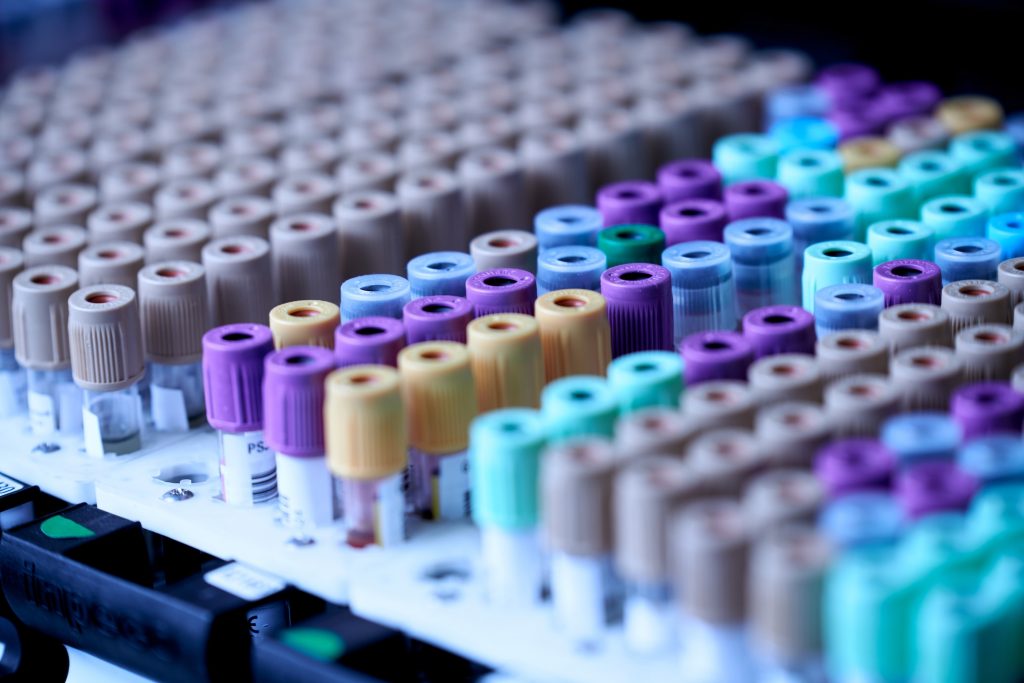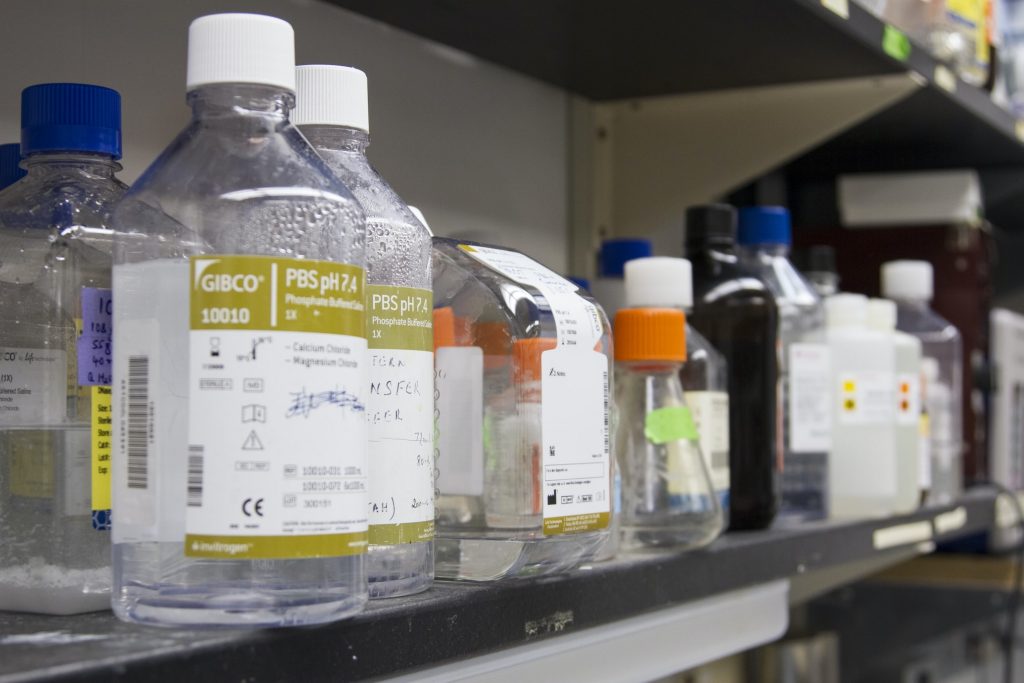Are you still writing labels by hand, or entering label numbers into your system manually? Automate these processes to improve efficiency in the lab and reduce operator errors.
To learn more about how SciCord handles labelling, read through our most common use cases for them:



Reach out to Schedule a Meeting and get more information about how SciCord can fit into your lab
Don’t take our word for it.
We exceed our client’s demands everyday to make their research and discovery process simpler and more efficient.
This is by far the best value in science software (or anything else in science, really) that we’ve ever experienced. Other solutions in this price range had a fraction of the features, and those with the features cost 3x – 10x more. We’re very happy customers.

Josh Guyer,
Senior Pharmaceutical Scientist